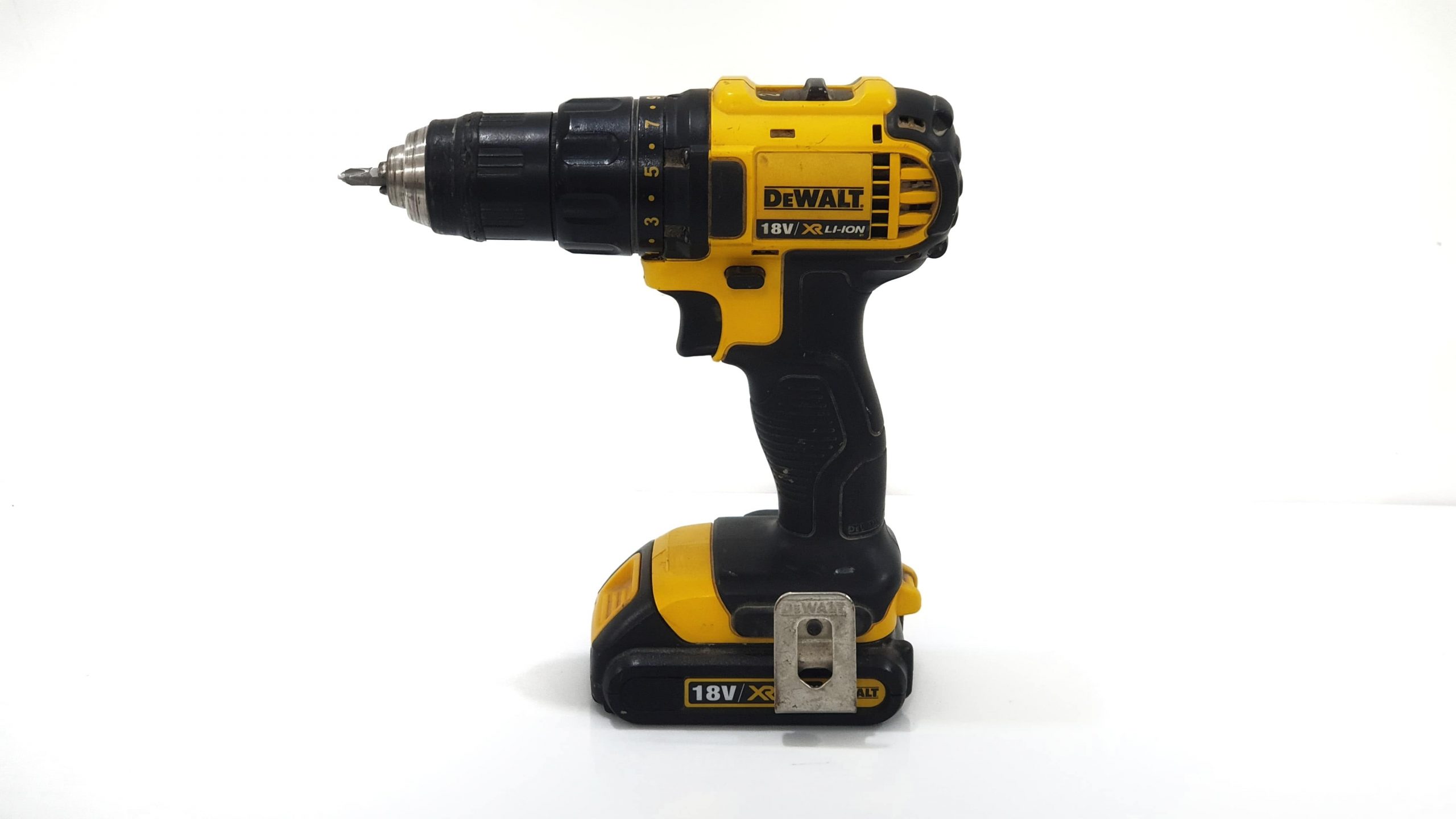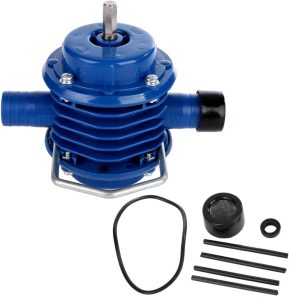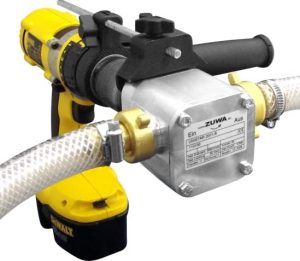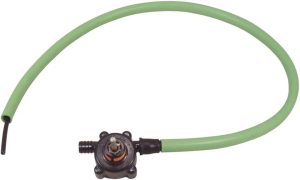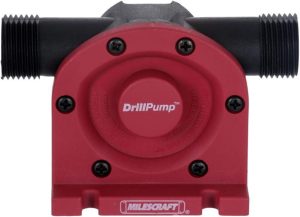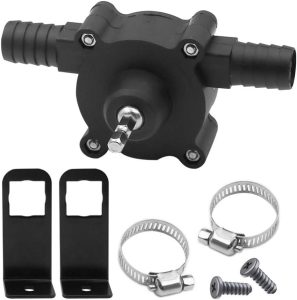Looking for a small, easy-to-use pump you can use around the garden?
In this buyer’s guide, we’ve reviewed the 5 best drill pumps for sale in 2025.
We’ve also discussed some key things to consider when buying, to help you find the best drill-powered pump for your specific needs.
Contents
Best Drill Pumps
Let’s begin our reviews.
In this section, we’ve looked at the 5 best drill pumps for sale in terms of flow rate, ease-of-use, and value for money.
1. Keenso Drill Pump
This is a relatively expensive drill pump compared to many others on the market. However, there are a few reasons you might consider making the investment in this drill pump.
For example, it does a great job pumping water at a high flow rate, as well as higher-viscosity liquids, including engine oil.
This pump is also very durable, and it works well with faster drills. Essentially, the faster you drill, the faster it’ll pump, and it’s also self-priming, which is nice.
The only downside to the Keenso pump is it’s not the best for big jobs. Despite how fast it pumps, it can still take a while to get the job done if pumping a massive amount of liquid.
Pros
Cons
Overall value rating
⭐⭐⭐⭐⭐
Price
2. Zuwa Heavy Duty Drill Pump
Zuwa’s product is probably the most expensive drill pump for sale right now.
This pump costs a ton because it’s extremely versatile, and extremely durable.
For starters, it will work with basically any type of liquid, including oils and corrosives, and liquids containing solids.
This helps to remove a lot of the stress of using a drill pump for things such as draining muddy water or engine oil – you can use this pump on liquid of nearly any viscosity without breaking it.
The pump can be used at up to 2800RPM, and offers a great flow rate at top speed. Even on big jobs, this pump works extremely quickly.
Essentially, this is the best drill pump that money can buy. However, it’s quite a big investment to make, so you’ll want to be sure you’re using your new pump on a regular basis.
Pros
Cons
Overall value rating
⭐⭐⭐⭐
Price
3. Jabsco Drill Pump Kit
What Jabsco have done with this product is design a kit specifically for draining engine oil.
The included self-priming pump works great on oil, as well as water. Therefore, this kit can also be used in the garden, if desired.
Jabsco have also included hoses designed specifically for draining warm oil through the dipstick tube. The kit does a great job at this.
Importantly, the pump is very resistant to cracking, and is also relatively easy to clean. It’s not cheap, but it’s not expensive either.
Overall, this is a great drill pump, and the kit makes it an especially good choice for draining engine oil.
Pros
Cons
Overall value rating
⭐⭐⭐⭐⭐
Price
4. Milescraft DrillPump
So far, we’ve mostly looked at premium and mid-budget drill pumps. However, this product is one of the cheapest on the market.
Despite its price, the pump is still self-priming at up to 12′, and has a pretty decent flow rate. On the whole, it does a great job pumping water.
The one issue with this pump is its versatility. When used on anything other than water, it can begin to struggle a bit.
However, its durability isn’t bad. This pump is compatible with basically any cordless drill, and works great for smaller/medium-scale pumping jobs.
Pros
Cons
Overall value rating
⭐⭐⭐⭐
Price
5. Izndeal Drill Pump
This is another relatively cheap water pump. However, it’s a little more versatile than the Milescraft drill pump we just looked at.
Izndeal’s pump will work with higher-viscosity liquids, such as motor oil. It also has a pretty decent flow rate considering its price.
The issue with this pump is its priming. Although it’s supposed to be self-priming, you normally have to get it close to the liquid before it begins to pump properly.
This isn’t really an issue for most purposes, unless you need to drain an especially deep pit. Just be aware that you’ll have to keep the pump pretty close to what you’re pumping.
On the whole, for most basic jobs, this drill pump is worth considering. However, we prefer the WaterAce pump for its self-priming abilities.
Pros
Cons
Overall value rating
⭐⭐⭐⭐
Price
Drill Pump Buyer’s Guide
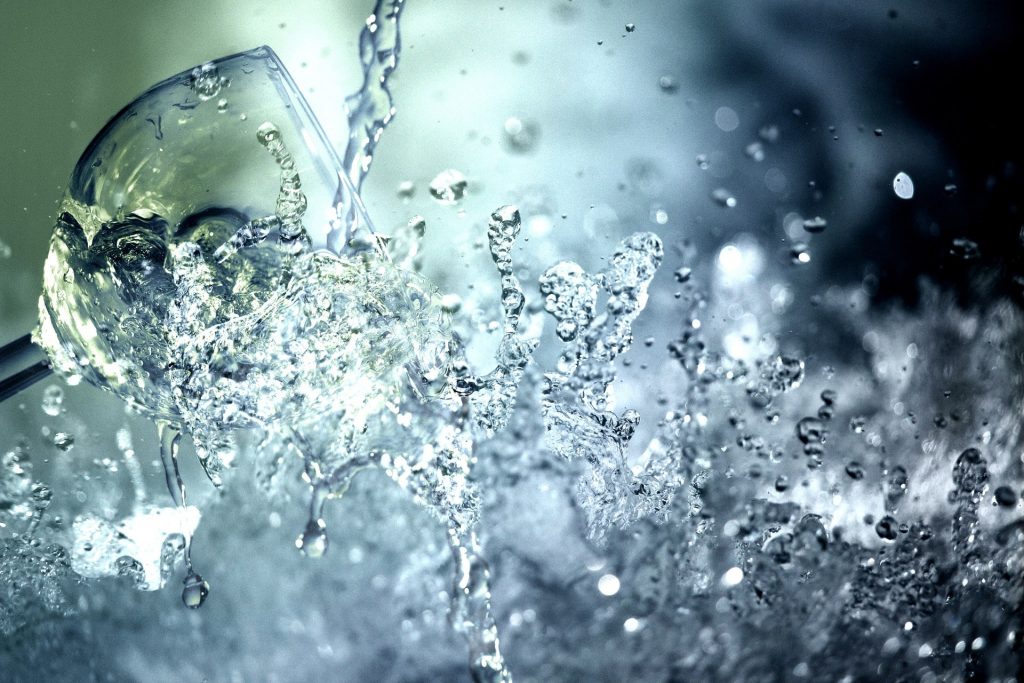
Now we’ll show you what you need to know when buying a drill pump.
How do drill pumps work?
A drill pump is essentially a small, portable pump that you can power with any cordless drill.
Like most pumps, a drill pump comes with an inlet and outlet hole, and an internal impeller to power the pump.
However, a drill pump does not contain an internal motor. Instead, it comes with an external shaft, which you simply plug into the chuck of your drill.
Then, you operate the drill as normal, and watch the water flow.
What makes a good drill pump?
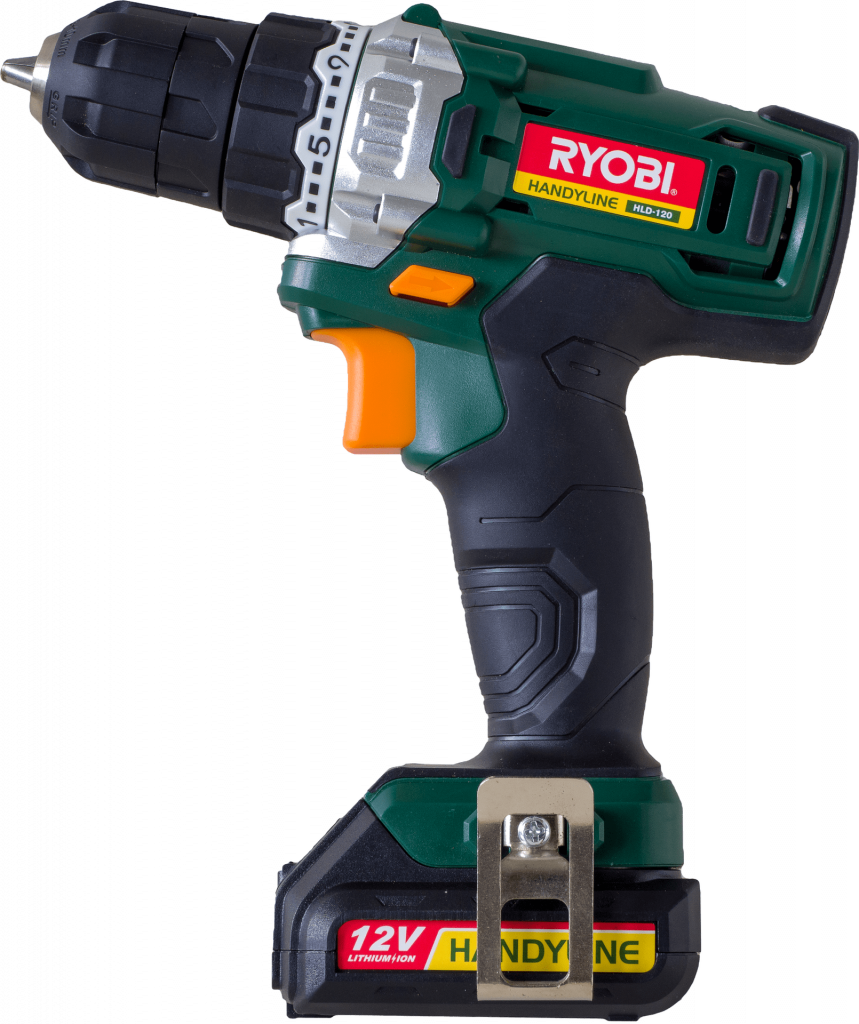
The best drill pumps have a number of common characteristics.
- They’re lightweight, and very easy to use. This is the whole point of a drill pump – if it’s not simple to use, then it’s not worth using.
- They allow you to create a strong flow with an ordinary cordless drill. Essentially, good pumps will allow you to move more liquid more quickly, due to the design of the impeller and pump internals.
- They’re extremely durable. If draining a large tank of water, you don’t want the pump to break while you’re in the middle of the job.
- They work well even when pumping high-viscosity liquid, such as motor oil.
However, it’s important to note that drill pumps aren’t designed to be used for hours on end. They’re meant to be used for relatively short bursts, since the charge on the average cordless drill will be limited.
How much should I spend on a drill pump?
Another one of the main benefits of drill pumps is how cheap they are to buy.
We’d recommend trying to find a good pump in the $20-$25 range. You can buy cheaper drill pumps, but they may break more quickly. Also, cheaper pumps are less likely to be effective when pumping high viscosity liquids, which we’ll talk about below.
Remember though, paying more doesn’t necessarily guarantee a more durable drill pump. Be sure to look at buyer reviews to get a better understanding of how durable a specific pump actually is before buying.
I need to pump oil – does this matter?
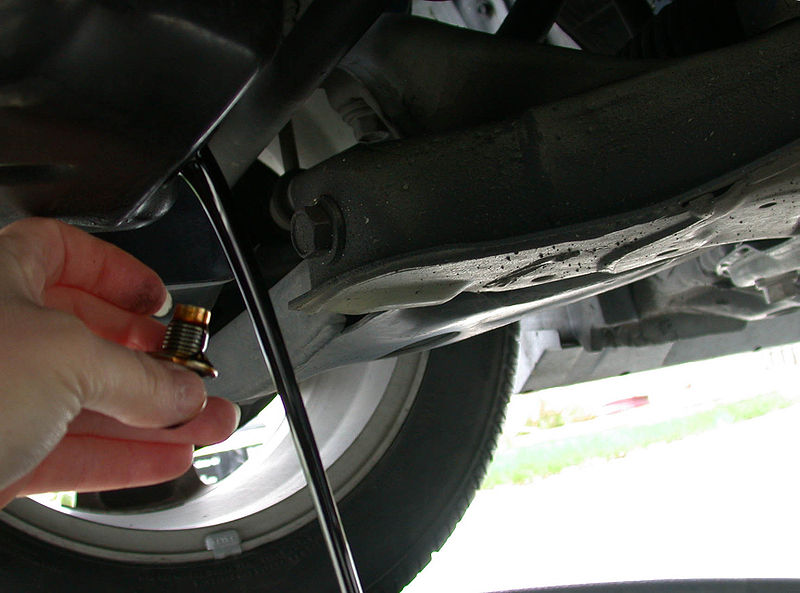
Basically, most of the cheap drill pumps out there will only pump water. Some companies may say that their cheap products will pump liquids such as oil and other chemicals, but will break quickly after doing so.
To be able to pump oil, you’ll need to invest in a slightly more expensive pump that can handle this type of liquid.
Some extremely heavy-duty pumps will even work for pumping liquid containing sediments or other solids. However, these products are likely to be quite expensive.
Be sure to look at the viscosity limits given by the manufacturer to determine whether or not it will pump your liquid.
How can I prolong the durability of my drill pump?
Assuming you have a good-quality pump, the single biggest determinant of how long it will last is how you use it.
For example, don’t use your pump for oil, or for muddy water with sediment, unless it’s strong enough for the job.
Also, don’t wear out your pump by leaving it going for hours on end. You may want to try and get a siphon effect going with your pump to reduce the amount of heavy lifting it has to do, if pumping large volumes of liquid.
And finally, be sure to thoroughly clean the internals of the pump after each use – especially if pumping liquids other than water. Then, apply grease to ensure that the impeller continues to turn smoothly.
How will I attach my hoses to the pump?
Most drill pumps come with inlets/outlets that have male hose pipe attachments. You just need to ensure you have the right adapter.
To use other types of pipe, you’ll most likely need some type of adapter in order to make it work with a hose pipe end.
Will the pump work with my drill?
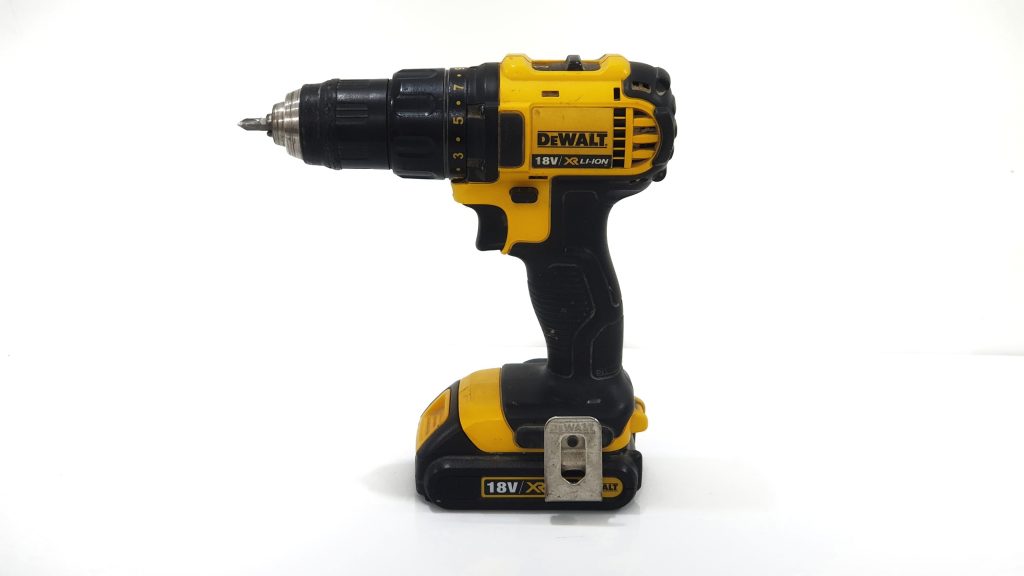
Nearly any drill pump will work with nearly any regular household drill – whether corded or cordless.
Normally, drill pumps will come with a 3/8″ shank, which will work with nearly any type of drill chuck.
If you have an unusual type of drill, it can be worth asking the manufacturer whether their pump will work with your chuck.
Will running the pump dry damage it?
Yes – most drill pumps can only be run for a certain number of seconds dry before being damaged.
Fortunately, the manufacturer normally gives a specific reading, stating that the pump is not designed to be run dry for more than 12 seconds, for example.
Some drill pumps are even designed to turn off when the internals become dry. This can be a great feature to have, especially if you’re likely to experience your pump running dry.
Conclusion
This is the end of our buyer’s guide.
Still not sure what to get? Leave a comment below and we’ll get right back to you.
About the author

I’m Steve, and I’m the Drill Bit Guru! When I bought my first home, I realized that most odd jobs that came up I could do myself. These days, I DIY pretty much everything, especially jobs that require the use of a drill!

